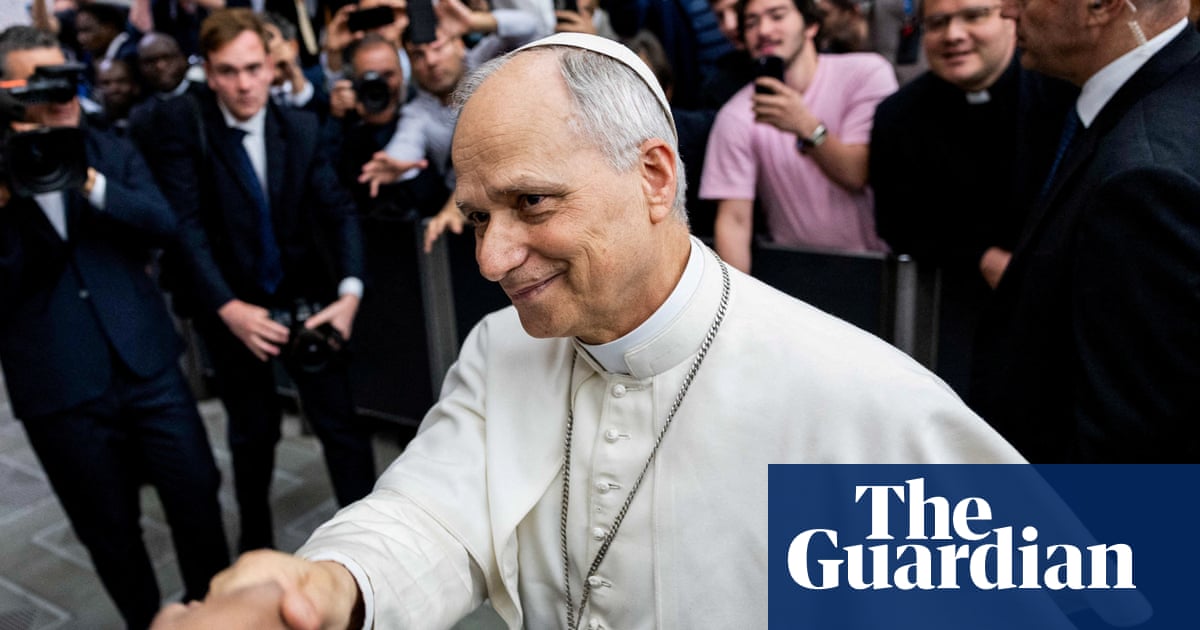Volodymyr Zelenskyy has invited Pope Leo XIV to Ukraine as the new pontiff urged journalists to end a polarising “war on words”.
In a post on Telegram on Monday, the Ukrainian president revealed he had spoken to Leo, the first North American leader of the Roman Catholic church, as the new pontiff was finishing a speech to thousands of journalists in the Vatican.
Zelenskyy said: “I invited His Holiness to make an apostolic visit toUkraine. Such a visit would bring real hope to all believers, to all our people.” He described the phone call as “very warm and truly substantive”.
The pope was met with rapturous applause from thousands of journalists gathered in the Paul VI hall for his first audience with the media, before joking in English that he hoped they would be able to stay awake for the duration of the meeting.
Switching to Italian, he thanked the journalists for their coverage of the death of his predecessor, Francis, and the papal conclave, while reminding them that “the way we communicate is of fundamental importance”.
“We must say ‘no’ to the war of words and images, we must reject the paradigm of war,” Leo said, while urging journalists to focus on reporting the truth instead of engaging in partisan divisions.
He added that one of the most important challenges was promoting communication that can help us to emerge out of “the confusion of loveless languages that are often ideological or partisan”.
The new pontiff, 69, also called for the release of journalists imprisoned for doing their jobs, saying that their suffering “challenges the conscience of nations and the international community” and that “the precious gift of free speech and the press” needed to be safeguarded.
Leo also said journalists must use artificial intelligence with “responsibility and discernment”.
The journalists were not given an opportunity to ask Pope Leo questions during the press conference, which lasted about half an hour. Some had been hoping to learn more about how the church under his papacy planned to tackle some of the key issues, including the widespread issue of clerical sexual abuse.
During his first Sunday address from the central balcony of St Peter’s Basilica, the pontiff called for a just and lasting peace in Ukraine and an immediate ceasefire in Gaza while pleading for an end to global conflicts, which, similarly to the late Pope Francis, he likened to a “third world war in pieces”.
He also welcomed thetruce between India and Pakistanand referenced the end of the second world war in 1945.
Pope Leo will hold his inauguration mass on 18 May at 10am, which is expected to be attended by world leaders, and his first papal audience on 21 May.
One of his first public appearances over the weekend was a visit to the Santa Maria Maggiore Basilica in Rome to visit the tomb of Francis.
